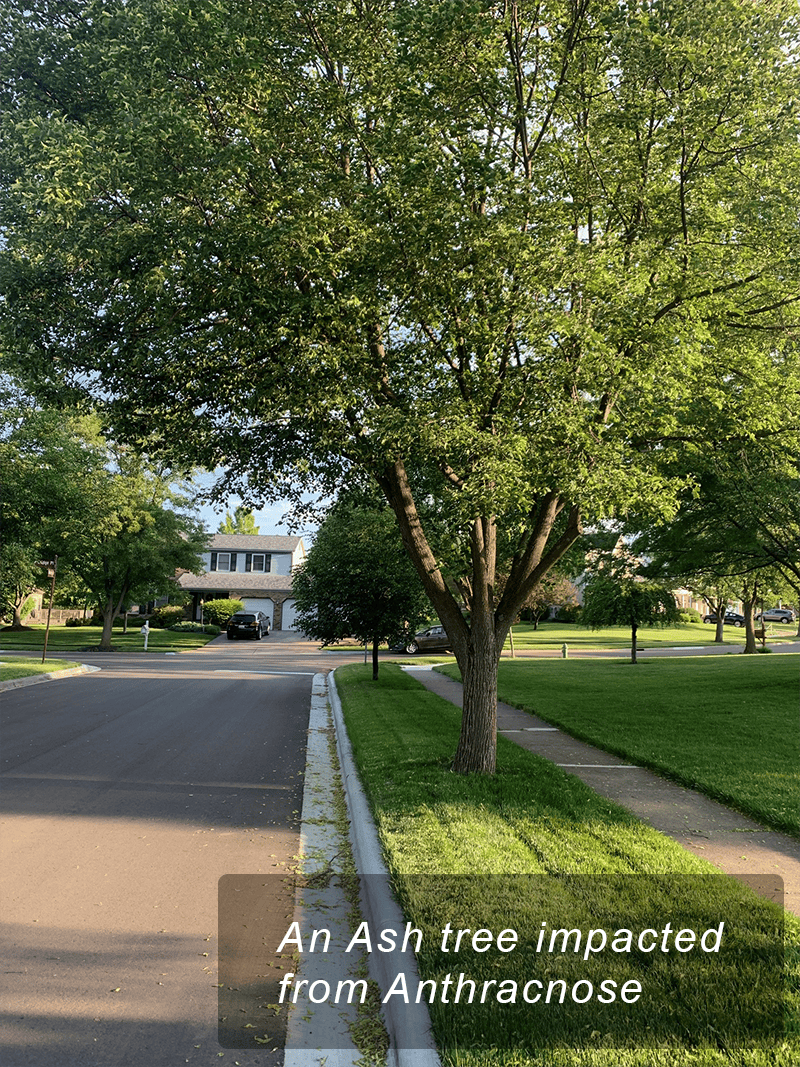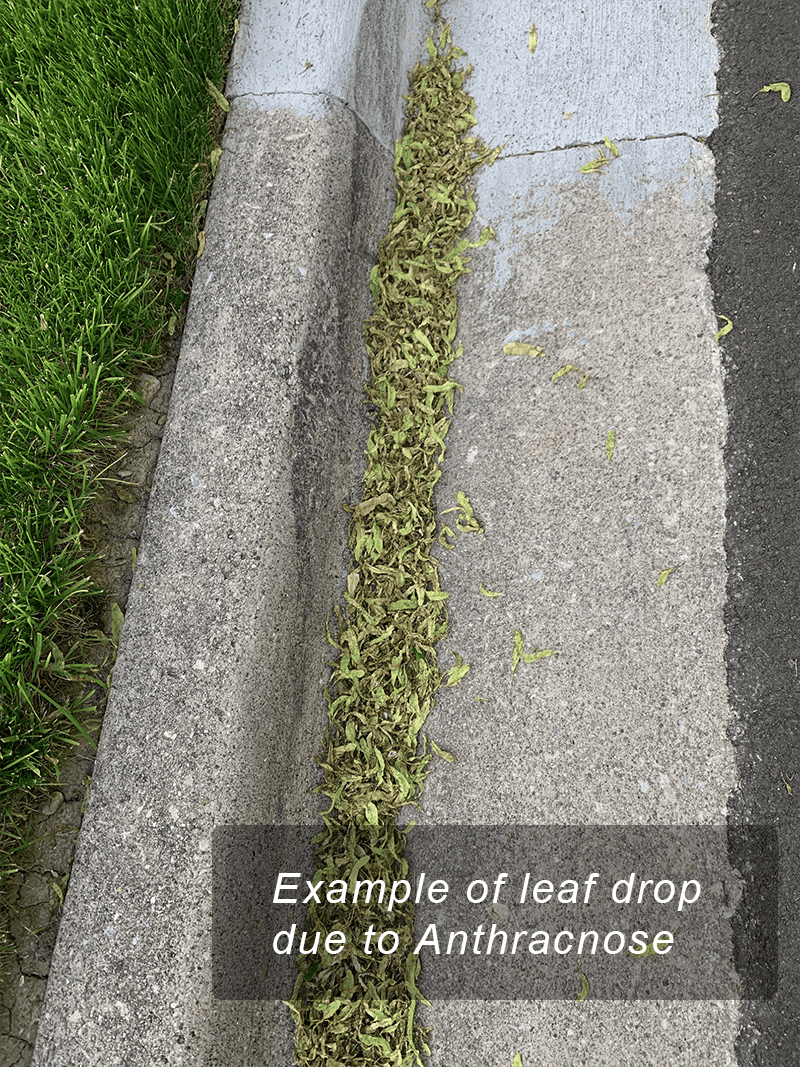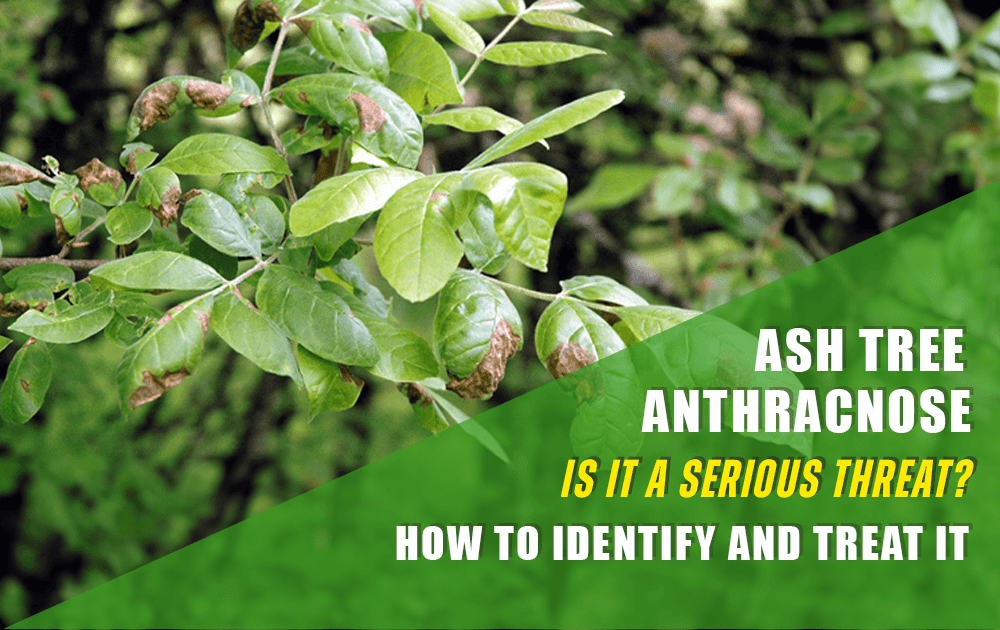Is Anthracnose A Serious Threat To Your Ash Tree?
How to Identify Anthracnose
Have you spotted irregularly shaped, water-soaked-looking blotches on your Ash shade trees? Not sure what is happening. Is it the ubiquitous Emerald Ash Borer? Is it a disease?
Most likely, you are seeing Ash Anthracnose disease [Plagiostoma fraxini]. Each spring, mainly in the Midwest, anthracnose is active to some degree.
During the cool, damp spring period, as the host Ash trees are undergoing leaf emergence, disease activity takes place. Overwintering in plant tissue, spores [the disease pathogen] are immediately available and active the following spring.
As the disease progresses, water-soaked blotches on leaflets, grow into darker-green to reddish-brown blotches. Infections may also take place on leaf petioles [a stalk that connects the blade with the leaf base]. Ongoing necrosis [cell death] causes leaflets to curl and, if severe, defoliation can result. For any disease to become active, and damaging, what is known as the “disease triangle” must be present. First, there must be a susceptible pant present. In this case, the Ash tree is left out. Next, there must be the appropriate pathogen; the disease spore. Finally, environmental conditions must be just right. If any of the three parts of the triangle are missing, the disease cannot become active, or damaging.
Because specific conditions must be present, the local, micro-climate is important. As conditions may vary within a localized area, the disease may appear to be more or less severe within a single neighborhood.


How to treat anthracnose
Importantly, treatments applied to control insects, WILL NOT control plant diseases.
According to the Ohio State University, diseases that impact shade trees in Ohio, are NOT tree killers. And, while your Ash trees may look bad now, over the summer, your trees will produce more healthy leaves.
Fungicide treatments applied after the disease is active, will not undue damage done. And, since the coming warm, dry weather does not support fungus growth, spraying later is not necessary or effective.
The bottom line, your Ash trees will likely not be killed by Anthracnose. Time and conditions will allow the tree to recover.
Reference:
Joe Boggs, The Ohio State University extension service.
Photos Taken in Dublin, Oh on 05.24.23


Join Our Free Lawn Care Newsletter
Stay Up to Date With The Latest News & Updates
* We don’t share your info with anyone ever.


